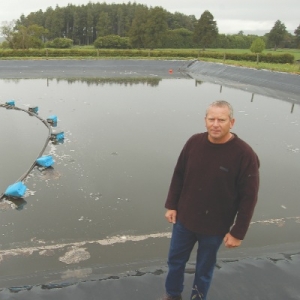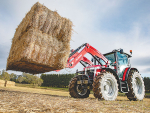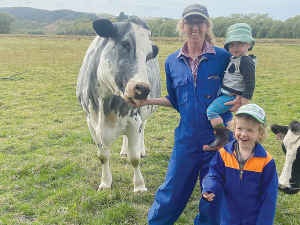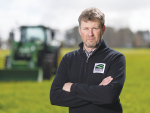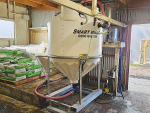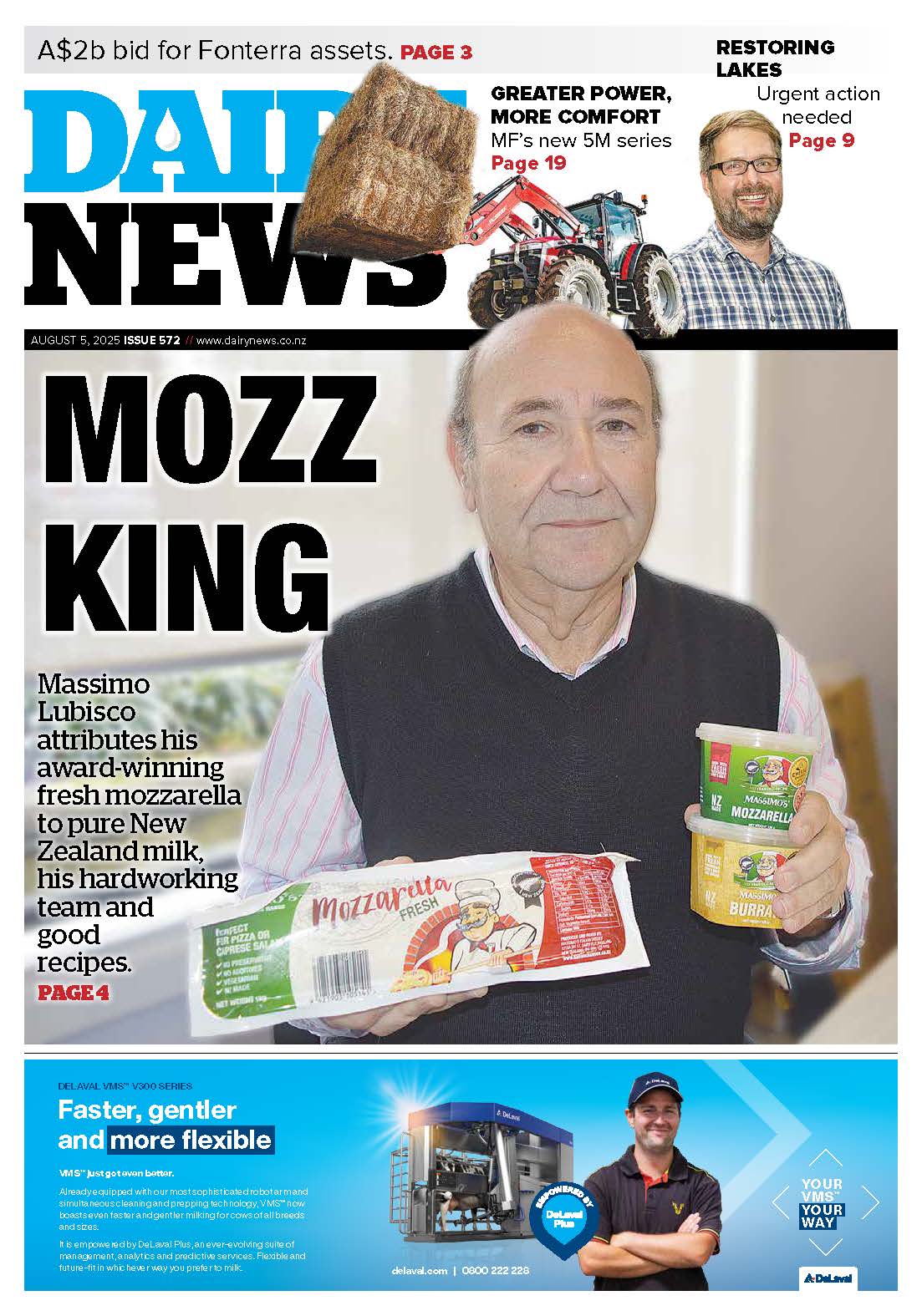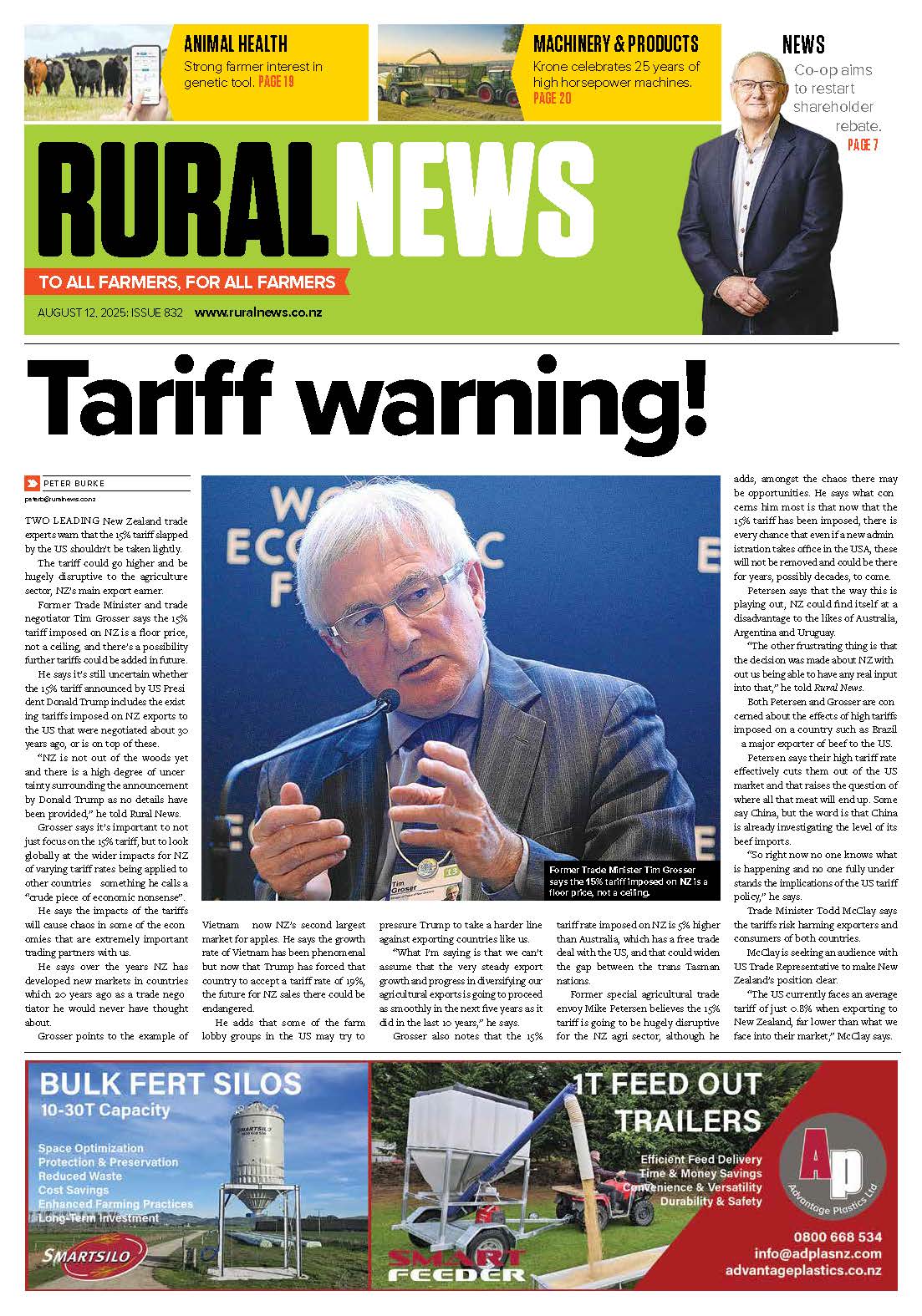That’s the advice from Hauraki Plains’ farmer Kevin Firth, who last year built a 4.5 million L pond with 90-day storage capacity. The pond took three weeks to complete and cost $160,000.
Firth, who owns the 550-cow farm with brother, David, says the project has been a learning curve for them. The Firths held a field day at their farm last month where 48 farmers heard what went right and wrong during construction.
The biggest issue post-construction has been the pond’s close proximity to neighbours and smell carried to properties by prevailing wind. Firth notes there is almost no mention of smell in most articles promoting effluent ponds. But he found out it can be a major issue. Neighbours complained to the Waikato Regional Council, prompting contact by council staff.
But Firth says they had also noticed the strong smell and were already taking steps to remedy the issue. “We’re using a biological product to reduce smell and it’s working,” he told Dairy News.
If Firth was to build another pond on his farm, the most important thing would be location – as far as possible from neighbouring homes, he adds. “We tend to look at ease of management and the cost factor when choosing a site for the pond and the smell factor is mostly ignored.”
Firth also believes the larger the pond the better.
The pond size calculator gives the minimum size required.
For the new effluent pond, the Firths chose Hitech Irrigation and an EDMP rubber liner from Pondco.
The design took into account the high water tables on the farm.
Firth says the design and coordination among the contractors helped the project. “The contractors were good to work with and they displayed efficiency and high standard.”
He agrees effluent ponds are costly to build but that should not deter farmers. Benefits take into account a large part of the costs in the long run, he adds. “There are fertiliser savings; effluent is a valuable source of nutrients.”
Nutrients are irrigated by a moveable system over a large area and pasture growth lifts. Firth points to last November when the paddocks went a little dry and yield dropped to 55kgDM/ha. The irrigator was turned on and within days the nutrients helped double DM yield.





